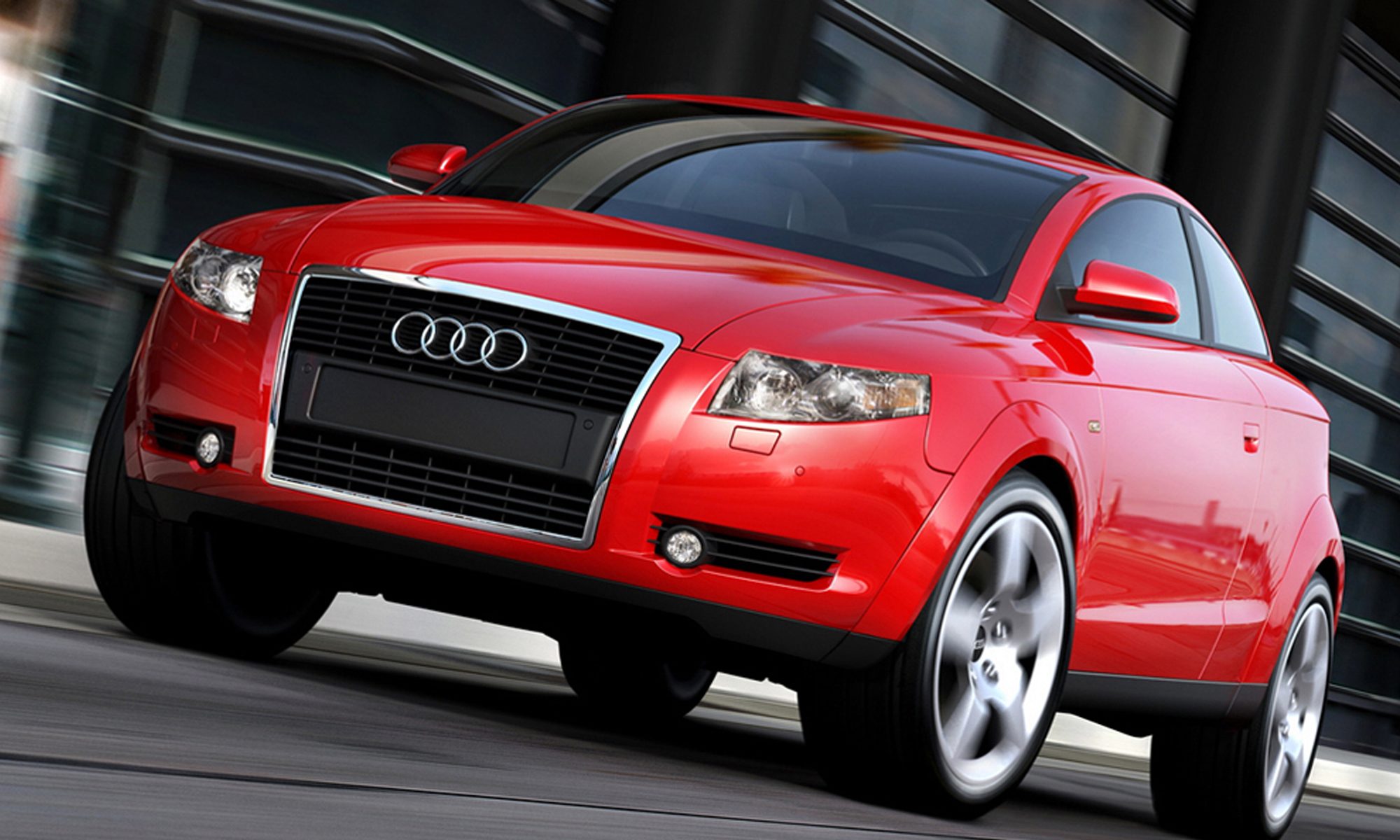GENEVA 2014 | Trends
Because it is on neutral ground, we have come to expect many “world premieres” at Geneva with a lot of new models and concepts. It is usually a very interesting show. This year was no exception. And most of the concept cars were production preview/teasers.
We were very surprised not to see Bertone on the first floor, but knowing that Michael Robinson has left, this is not a good sign…
From the previous articles you have read, you already know that the main trend this year is an overall reduction in size. Many new cars came in the A-segment, and engine size continues to be reduced…Ecology becomes more and more important and every car maker emphasizes its communication on that topic.
But Geneva is also the place of exclusive cars.
McLaren unveiled the convertible version of the 650S. There is no change in terms of the mechanicals and the design remains very sculptural.
Lamborghini introduced the Huracan. No surprise here. And it is certainly a Lamborghini. Very tight lines characterize this vehicle.
Aston Martin displayed two special editions at Geneva. The V8 Vantage N430 might be our favorite in terms of proportions, very compact and sporty. The engineers have reduced the weight of the car using carbon fiber and Kevlar seats for example. Many “cosmetic” details are added to give a dark-themed exterior, such as graphite painted forged alloy wheels alongside the black front grille, headlamp bezels, exterior meshes, side window surrounds, textured tailpipe finishers and clear rear lamps with black surrounds. This gives the car the appropriate identity. Inside, as out, the link with automotive competition is clear.
The second car is the DB9. It was displayed with two exclusive finishes called Carbon White and Carbon Black. Both editions include additional carbon fibre side strakes and black window surrounds reinforcing the powerful visual themes. The interior featured a strong ‘black’ styling theme showcasing carbon fibre details and new black hardware There is a choice of accent colors matching the brake caliper shade….
Being Geneva, the show had plenty of exotic and exclusive cars as well — great examples of automotive art and engineering, but not so interesting in terms of design……..
Well, Geneva is usually one of the best Auto Shows of the year. And in 2014 that is still the case. The automotive industry is alive and well, no matter how much the economy or politics may impact it in Europe. Competition and the environment continue to drive the car-makers forward, introducing more and more vehicles powered by Hybrid or Electric energy.
It is a good sign. We can’t wait to see more in Paris…
GENEVA 2014 | AUDI TT MK3
Audi has unveiled the third opus of its modern classic TT. The TT Mk1 is an icon of design. The TT Mk3 is certainly close to being another one, especially with its interior…
In 1998, the design of the TT was a revolution. Geometrical shape, strong design language.
The Audi Design team ‘lost the plot’ to some extent with the Mk2, which was less interesting in terms of design, very common in its shape and image. But the designers have now come back to their roots.
This Mk3 version is very muscular and stands very low to the ground. The large wheel arches amplify that feeling. The flat greenhouse gives the impression of a cockpit. The car is wide and low — very sporty. The six sided grill appears to be more three dimensional. The lower air-intake line (on the normal version) gives the impression of a floating grill. This nice impression is lost on the TTS, but the side intakes compensate for this loss… The addition of slim headlamps gives a little bit of aggressiveness, just enough…
The interior is very simple, designed with the idea that “less is more”… Pure lines are used giving the impression that the dashboard is floating.
There is no central screen anymore. Everything is grouped in front of the driver with a so called “Virtual cockpit” meaning that the cluster is made of a single customizable screen.
You can choose to have the speedometer showing, the Navigation and/or any function of the MMI.
There is no doubt that this design will initiate a new fashion and new possibilities in cluster design. We are used to the smartphone and smart TV, let’s be sure that we will very soon talk about smart IP’s…
Seen from above, the instrument panel resembles the wing of an aircraft. Designers have kept the round air vents, which is a signature of the TT, now with a turbine-like design. Perhaps most importantly, the center of the vents contain all the controls for the air conditioning system. There are less buttons in the centre area of the panel and the centre console, less controls. And everything seems to be very simplified…We can agree that in such a design, less is certainly more…
With the TT Quattro Concept show car that was also shown in Geneva, Audi wanted to demonstrate what technology can do if used in an efficient way. Audi also wanted to promote the fact that smaller engines can give a lot of power and sensation to the driver. Which means that they plan to reduce cylinders and engine size in future production cars to improve fuel economy and emissions without giving away the essence of the automobile…what we call driving pleasure…














































































Vous devez être connecté pour poster un commentaire.